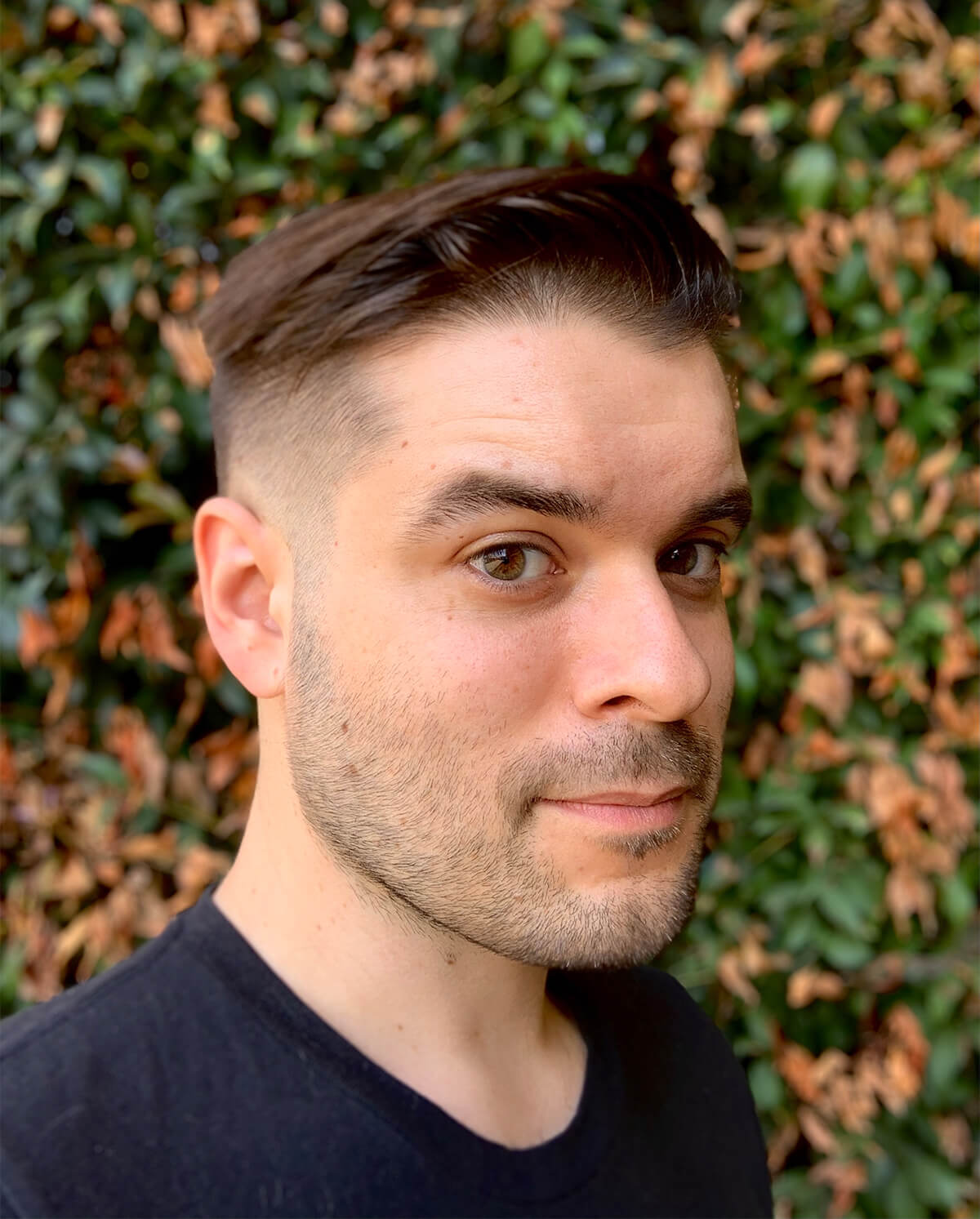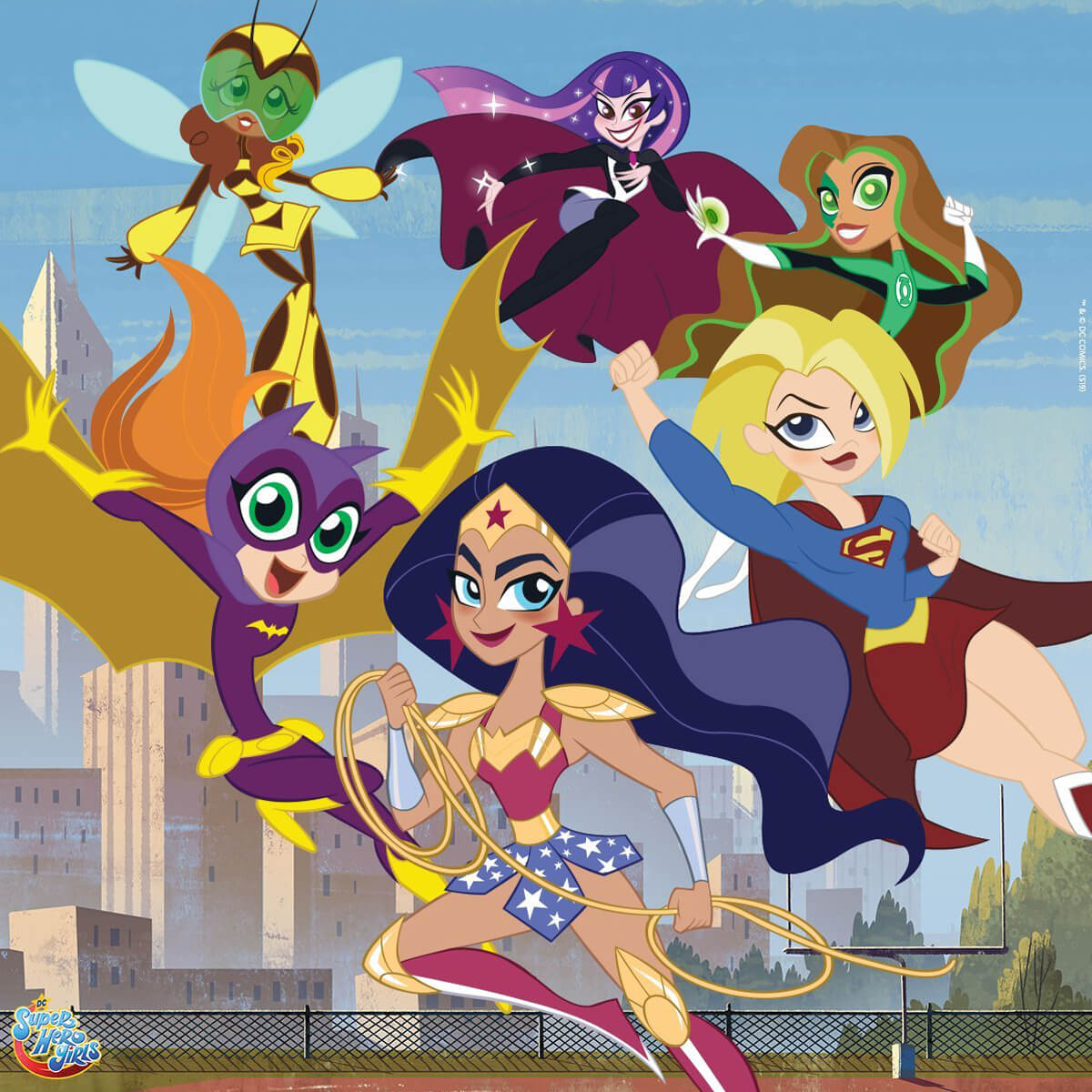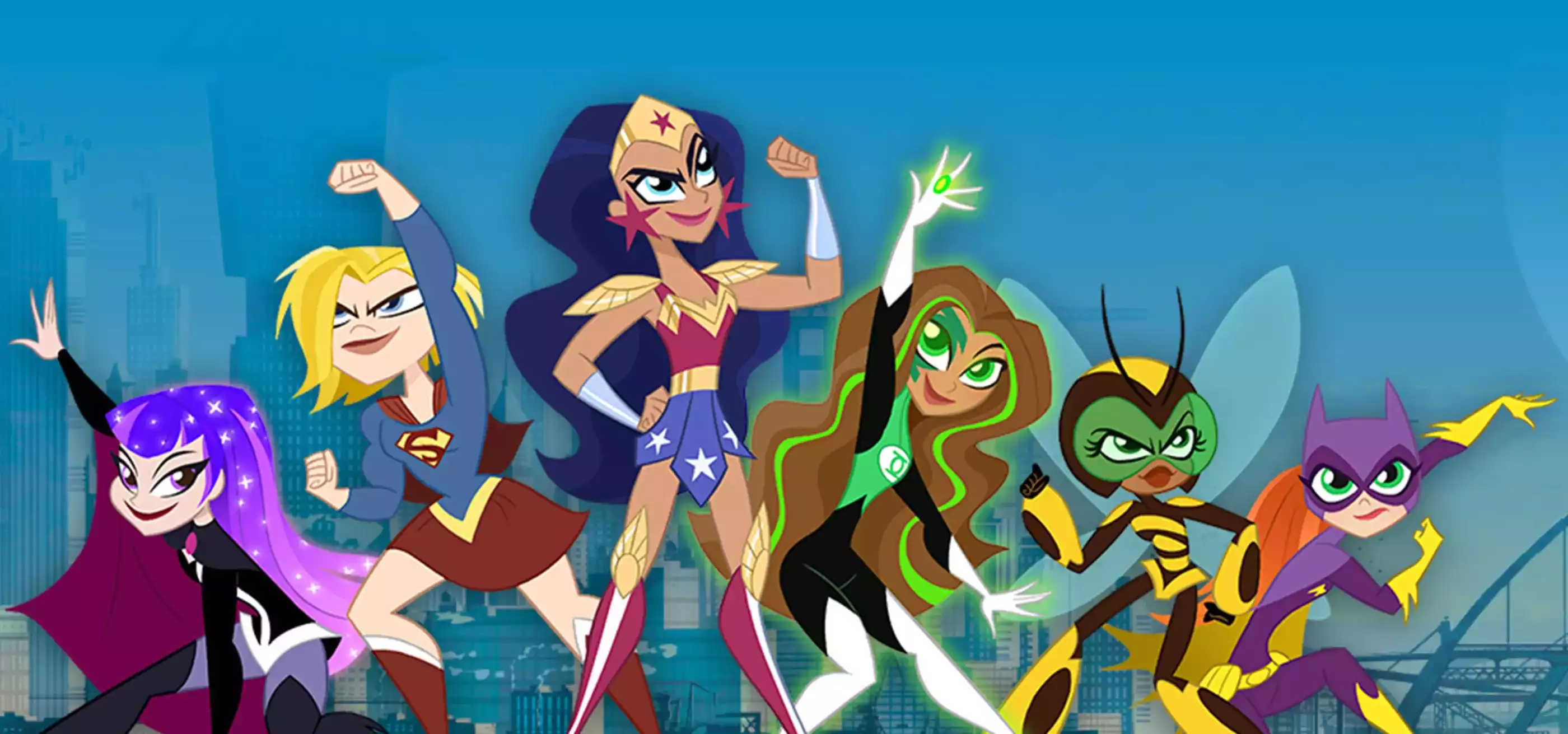Ever since he left DigiPen, Cole Harrington hasn’t stopped honing the art of animated storytelling. The 2014 BFA in Digital Art and Animation graduate has worked as a story artist on everything from TV shows like Disney’s Elena of Avalor and Nickelodeon’s Santiago of the Seas to feature films like the upcoming Wish Dragon. In April of 2020, Harrington stepped into his newest role — directing on Warner Bros. Animation’s DC Super Hero Girls. We caught up with Harrington to talk about directing a TV show and his story-driven ascent in the animation industry.

Q: Did you come to DigiPen knowing you wanted to become a story artist or director?
Honestly, I didn’t even consider story as a career option until my second year at DigiPen! Initially, I came to DigiPen wanting to be a game animator, but I fell in love with storyboards in Pamela Mathues’ storyboarding course. I’ve got to give a shout out — you’re amazing, Pam! From then on I was either taking the course, TA’ing it, or sitting in on the side. I ate it up! Pam’s constant advocating for the fundamentals of storytelling are so ingrained in my workflow to this day. I, in turn, beat that same drum when talking to newer artists and students interested in entering storyboarding as a career. The funny thing is that even though I was obsessed with storyboards at DigiPen, I still tried doggedly to break in as a 3D animator in both games and feature film for upwards of a year after school. Time after time, I hit my head against a wall, unable to get a job until people close to me reminded me of my passion for story and challenged me to really pursue that in a career. The second I accepted my interest in storyboards over animating, it clicked, and I started getting bites. Do what you love, not what’s expected of you!
Q: Early on after breaking into the industry, you worked as a story artist on Wish Dragon, a 3D feature film. What was it like working on a feature film, and how did it compare to TV?
Wish Dragon was a unique experience! It was far more indie in nature than other feature films at larger studios, having such a relatively small and tight-knit team for much of its production. Because of its smaller scale, I think the artists really got to throw themselves into their roles in ways they maybe wouldn’t have on larger projects. Story in film is its own beast compared to TV. It’s much slower, iterative, and malleable in the story department. As you go through various screenings and make multiple film-wide adjustments, you receive feedback from viewers and higher-ups. TV on the opposite moves at breakneck speeds, is far less iterative, and requires a clear vision from start to finish. That’s not to say it isn’t fun (I actually prefer it!), but both workflows have their pros and cons. In TV you have less time to say what you need to, so you’ve got to cut to the chase without sacrificing quality. It’s a fun puzzle to solve!
Q: It’s really impressive that six years after graduating, you’re directing on a show at a major network. Can you talk a little bit about what it took to get where you are on DC Super Hero Girls?
It’s really been a blur! I started out at a TV studio, got accepted into the Story Trainee Program at DreamWorks Animation, jumped to Wish Dragon, and then back to TV. Across every production I’ve been on, both TV and film, my main goal has been to show in my boards the kinds of shots, acting, and themes I personally resonate with, while not overloading anyone else in the pipeline. I owe that kind of thinking to working at a small studio where you do everything, whether or not you’re ready to. Being put in the trenches and seeing how much cause and effect there is between each discipline really makes you cognizant of your coworkers’ needs and struggles, and it makes you more open to listening and implementing workflows you may have not considered otherwise. I think it’s that balancing act of showing your voice but being receptive to other perspectives and their value that allowed me the opportunity to direct.
Q: What does your day-to-day look like as a director on DC Super Hero Girls?
Depending on where an episode is at in the pipeline, I’ll be balancing many different plates at once. If it’s early in an episode’s start, I’ll be boarding scenes and taking script pages off my artist’s workload so they can focus on the parts I know they’d excel at. Typically, after the board is in a compiled state, I then sit with the editor and supervising director and run through the roughly timed animatic, make notes, punch up jokes and drama, clear up plot holes, and tighten up the timing so gags and acting hit at the right speed. At this point I’m also doing revisions alongside my revisionist or re-boarding whole sections if it turns out it’s not playing as intended. From then on it’s taking input from my higher-ups and implementing their notes in ways that improve the overall episode, without losing the core intent of that specific story.

Q: Having been a story artist on a number of TV shows up to this point, what has it been like transitioning to a directorial role?
There’s a whole lot more drawing as a story artist than there is as a director, I’ll tell you that! When you’re a story artist, you’re in the weeds, nose down, bringing characters and moments from script to screen. It’s a fast-paced affair. Once you become a director, your perspective has to shift. It becomes a lot more pulled back, and you start looking at the whole — what can be done to compliment the story overall, not just within specific scenes. When boarding you can approach the script wanting to make specific moments shine, while a director’s duty is to make sure the whole package shines by the time it crosses the finish line. And while storyboarding is still very collaborative, directing is much more a management job — managing the expectations and needs of higher-ups and managing the story artists and editors so they can excel in their unique strengths.
DigiPen taught me that the health and happiness of both you and your peers is what should always come first.
Q: As a director, what are your primary concerns when overseeing an episode of DC Super Hero Girls? Do you have a kind of overarching philosophy you follow on what makes an episode successful in your eyes?
Like in all aspects of my life, my philosophy is to be as honest as I can. Honesty in DC Super Hero Girls is about finding the real heart and humor in every moment. I know it’s a bit cliché, but these characters are fully realized individuals whose personalities bounce off their cast members in unique ways, and you have to really put yourself in their shoes and make sure every word and action they perform is honest to who they are. I’m not interested in just making things wacky and energetic for the sake of visual appeal only. There’s got to be a reason why characters are feeling the way they are, reacting the way they do.
Q: Now that you’ve been out in the industry for a while, what do you think your key takeaways are from your time at DigiPen?
DigiPen taught me that the health and happiness of both you and your peers is what should always come first, both in an educational environment and a professional one. No one’s benefiting the project when they’re overworked, stressed, or undervalued. We’re all in it together, and no one succeeds unless we all do. Good projects of all kinds are only made when everyone’s allowed to be the best version of themselves while making it, and it’s on us all to set the stage to allow that to happen.
